Beer Cooling And Fermentation
Beer Cooling And Fermentation
After the wort has been cooled, yeast is added, transported to the fermentation tank, and the fermentation begins. The traditional process is divided into pre-fermentation and post-fermentation, which are carried out in different fermentation tanks. The current popular method is to carry out a fermentation in one tank. The pre-fermentation is mainly to use yeast to convert the maltose in the wort into alcohol, and the post-fermentation is mainly to produce some flavor substances, remove the peculiar smell in the beer, and promote the maturation of the beer. During this period, control a certain pressure in the tank. , So that the carbon dioxide produced during post-fermentation is retained in the beer.
1) Main fermentation, also known as pre-fermentation, is the main stage of fermentation and the yeast active period. Most of the fermentable sugars in wort are fermented during this period, and some of the main metabolites of yeast are also produced during this period. There are two types of fermentation methods, namely the upper fermentation method and the lower fermentation method. my country mainly adopts the latter method. The following focuses on the following beer fermentation method.
After adding the hops, the clarified juice is cooled to 6.8.0°C, and the yeast is inoculated, and the main fermentation officially begins. The yeast ferments the maltose-based wort to produce ethanol and CO2, which are the main biochemical reactions of the fermentation. The main steps are as follows:
①Add yeast by direct addition method. Mix the recovered yeast with wort according to the required amount in a closed yeast adder (about 1:1), use compressed air or pump to add into the adding tank, and properly ventilate for a few minutes.
②The amount of yeast added is often calculated according to the percentage of muddy yeast to the wort volume, generally 0.5% to 0.65%, and the cell concentration after inoculation is usually 8 million to 12 million cells/ml. The amount of inoculation should be based on the freshness of the yeast. Consistency, yeast use algebra, fermentation temperature, wort concentration and addition method should be adjusted appropriately. If the wort concentration is high, the yeast use algebra is more, the inoculation temperature and yeast concentration are low, then the inoculation amount should be slightly larger, and vice versa.
③The first stage of fermentation is also known as the low-foaming period. 15-20 hours after inoculation, white foam appears around the pool and expands to the middle until the full liquid level. This is the beginning of fermentation. Then the foam gradually grows thick, and this stage maintains For 2.3 days, the temperature increased by 0.1°C every day, and the sugar content decreased by 1°Bx every 24 hours on average.
④The second stage of fermentation is also called the high bubble stage. It is the most vigorous stage of fermentation. The foam is particularly rich, up to 25-30cm. As the hop resin in the wort is oxidized, the foam gradually turns brown. This stage 2~3 Day, reduce blood sugar by 1 to 1.5% every day.
⑤The third stage of fermentation is also known as the falling bubble stage. After the high bubble stage, the yeast proliferation stops, the temperature begins to drop, the sugar lowering speed becomes slower, the foam color deepens and gradually forms a composition composed of foam, protein and polyphenol oxides. Bubble cover, thickness 2~5cm. At this stage, the sugar will be reduced by 0.5%~0.8% every day for 2 days. When the sugar content of 12-degree wine drops to 3.4°Bx, it can be served with wine to enter post-fermentation.
(2) Post-fermentation
Post-fermentation is also called wine storage. Its purpose is to complete the final fermentation of residual sugar, increase the stability of beer, fill CO2, fully precipitate protein, clarify the wine; remove diacetyl, aldehydes and H2S and other tender wine flavors, and promote maturity ; As far as possible to make the wine in a reducing state, reduce the oxygen content. The following describes the post-fermentation of the beer fermentation method.
①Send the main fermentation and tender wine to the back fermentation tank as the drinking. When serving, avoid excessive oxygen inhalation. For this reason, first fill the wine storage tank with sterile water, and then use CO2 to eject the sterile water When the CO2 is full, the wine will enter the bottom of the wine barrel. In addition, it is required to fill the tank as much as possible at a time, leaving a gap of 10-15cm to prevent air from entering the wine. If the wine is saturated with CO2, due to CO2 overflow, oxygen will It is hard to dissolve in the liquor. Otherwise, the presence of too much dissolved oxygen in the beer will easily cause oxidative turbidity and produce an oxidative taste.
②After the wine is managed, it should be fermented first to prevent excessive CO2 and the froth gushing out. After 3 days, the can is sealed. The initial temperature of the wine is 2.3.2°C. If it is wine for export, it will gradually drop to 0~1°C after one month. The purpose of the high temperature and low temperature is to ferment the residual sugar first and then clarify it. Note that the liquors of different ages cannot coexist in one room, otherwise the temperature requirements are contradictory and the room temperature cannot be controlled.
Generally, the storage time of the old 12°Bx wine for export is 60 to 90 days, and the wine for domestic sale is 35 to 40 days.
During wine storage, use a beaker to sample and observe, usually 7 to 14 days for the yeast to sink in the tank. If the wine is not clear for a long time, it should be checked under a microscope. If the yeast is suspended, the yeast cohesion is poor; if the bacteria is turbid, it is bacterial contamination. Usually it cannot be saved and can only be discharged; if the colloid is turbid, the cause is poor solubility of malt, poor decomposition of glycated protein, insufficient boiling strength, poor separation of condensed solids and other factors.
Products
- Beer brewery equipment
- Craft brewing equipment
- Home brewing equipment
- Microbrewery equipment
- Commercial brewing equipment
- Industrial brewery equipment
- Pilot brewing system
- Brewhouse & Mash system
- Fermentation tank
- Bright / Brite tank
- CIP system
- Beer filling machine
- Pasteurizer
- Hop gun
- Yeast propagation equipment
- Beer concentration equipment
- Carlsberg flask
- Reverse osmosis water filtration systems
- Mobile water treatment systems
- Water Purification Equipment
- WFI equipment
- Purified water tank
- CIP system
- Multi effect water distiller
- Pure steam generator
- WFI tank
- Solution preparation tank
- Tube heat exchanger
- Storage and distribution system
- Liquid preparation system
- Demineralized water system
- Vapour compressor
News & Exhibitions
- Why Beer Concentration Matters: Unpacking the Standard ABV Range
- Why Every Craft Brewer Needs a Pilot Beer Brewing System
- Top 5 Benefits of Using a Pilot Beer Brewing System for Small Breweries
- Setting Up a Microbrewery? Why Turnkey Equipment Might Be Right for You
- How Nano Brewery Equipment is Changing Experimental Brewing: A Deep Dive into Small-Scale Innovation
- Essential Craft Beer Equipment for Starting Your Brewery
- Integrating Smart Equipment into Your Microbrewery
- From Grain to Glass: Building the Perfect Complete Brewing System for Your Home
TAGS
- turkey brewery equipment
- small beer brewery equipment,mini beer brewery equ
- sovereign stainless steel fermenter
- brewing equipment manufacturers uk,home brewing eq
- home brewing distillation equipment
- craft brewery equipment for sale, craft beer equip
- complete brewery for sale
- beer brewing equipment
- Nano brewery equipment, brewing systems manufactur
- 15 gallon jacketed fermenter
- automatically brew equipment,50L Brewing equipment
- dry hops addition
- hops addition gun
- hop additive gun
- mixing tank manufacturers
- pilot brewing system
- Craft beer making equipment for Malaysia
- CIP system
- Microbrewery machine
- professional Cleaning in place equipment
Newest Products
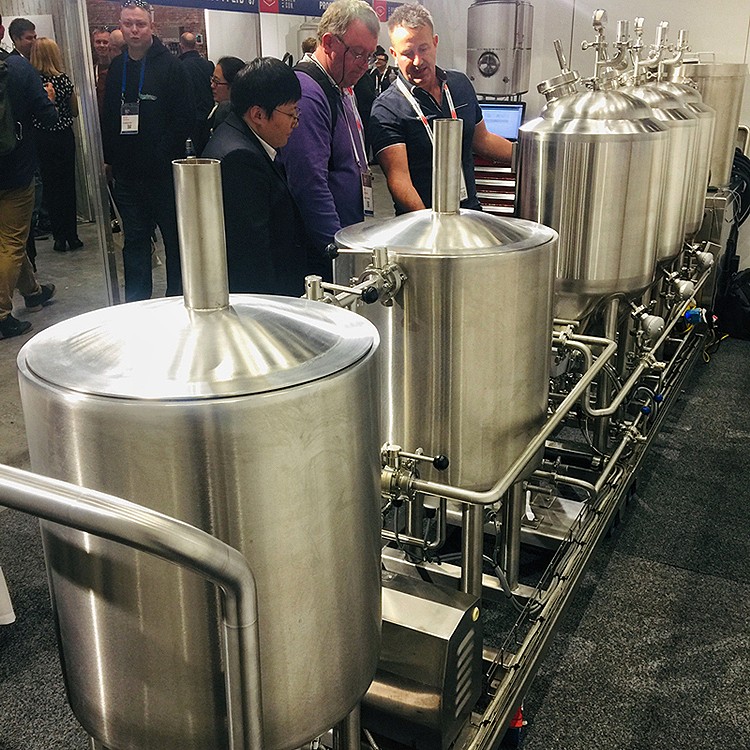
Marketplace home & living lifestyle home brewing d...
The home brewing and distilling market has grown in popularity in recent years, ...
More >>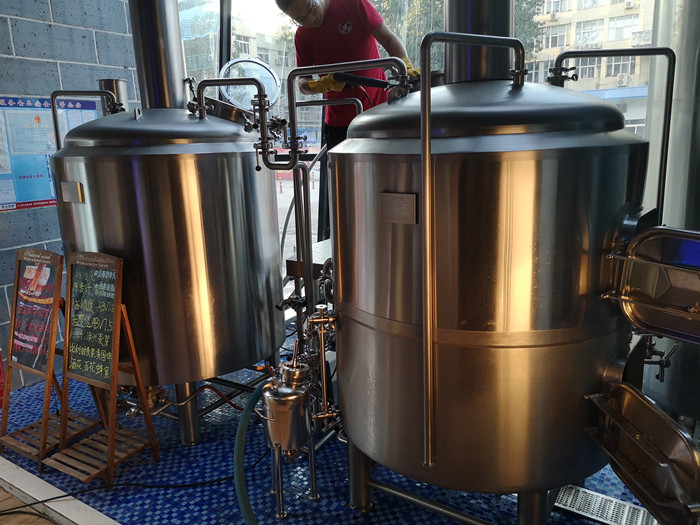
Beer brewhouse and fermentation tanks microbrewery
WEMAC-Main product categories:
Craft Beer equipment,Cider making machine,Beer b...
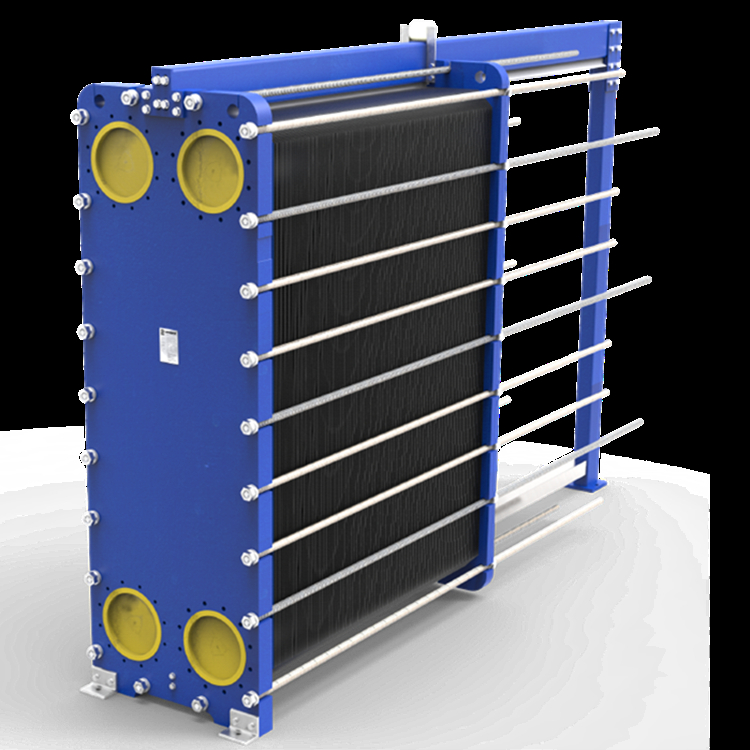
Best plate heat exchanger for beer brewery
The WEMAC plate heat exchanger (PHE) series is extensive, including multiple typ...
More >>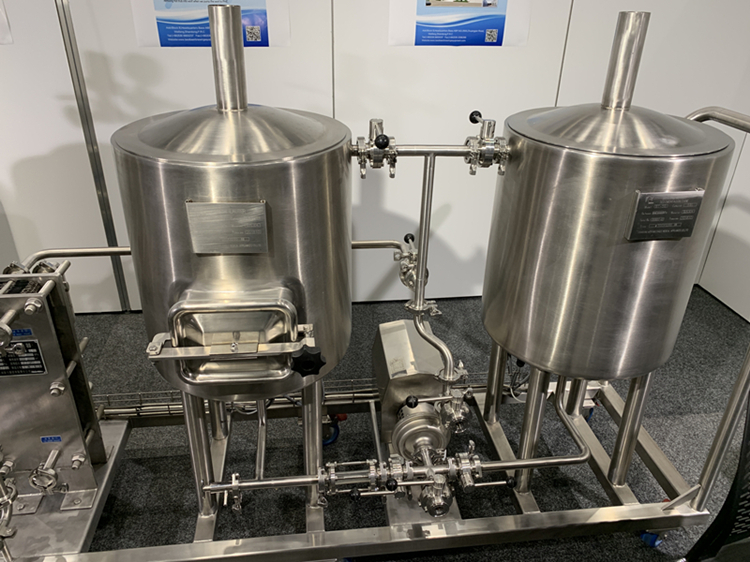
Home beer brew kits brewery equipment
This skid home brewing system is designed for craft brewing amateurs who has bee...
More >>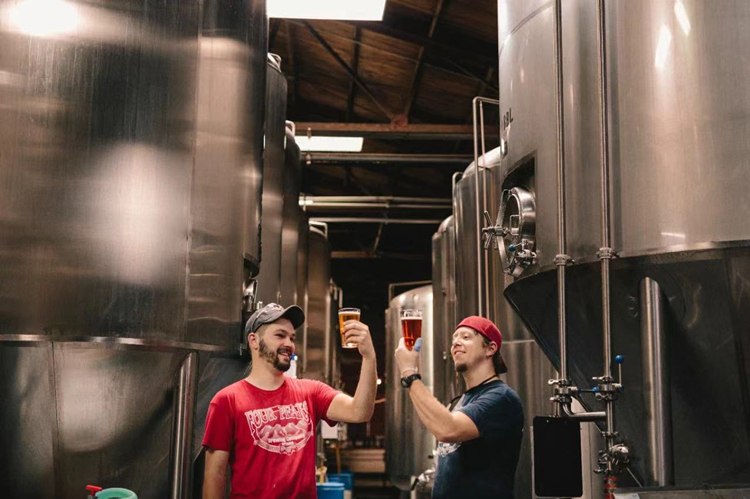
Top quality fermenter and beer bright tank
Brite or Bright Beer Tanks are also known as Beer Conditioning Tanks or Beer Ser...
More >>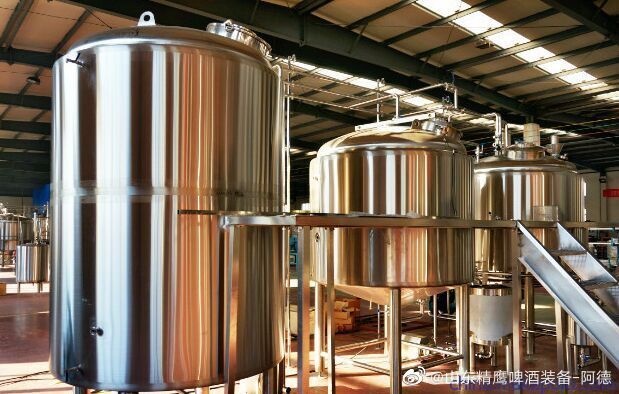
Pro two vessels 5BBL craft brewery in Michigan
Professional beer brewhouse sale well in Michigan state,turnkey brewery services...
More >>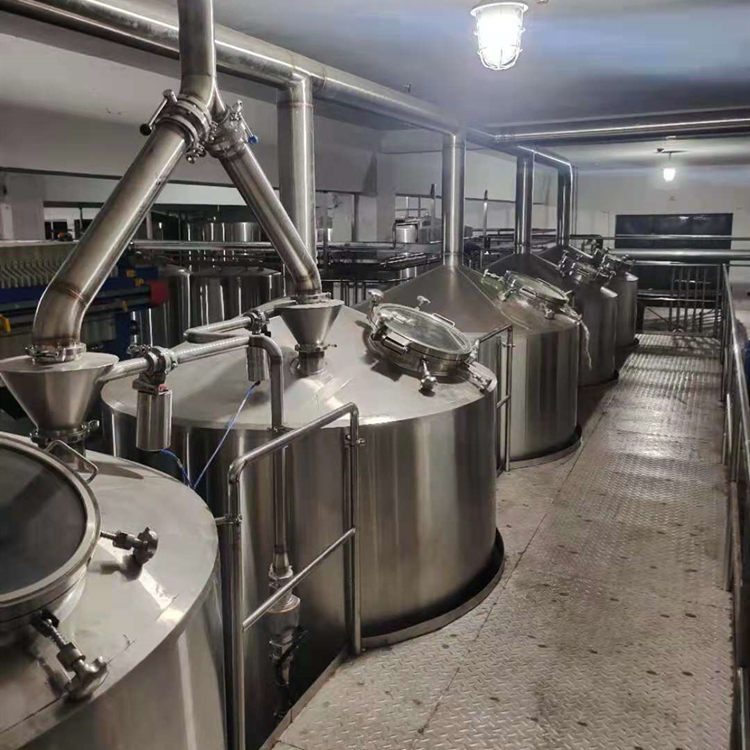
4000L Commercial Beer Brewery Equipment
4000L four vessels craft beer brewing brewery system,gas steam heating,with a be...
More >>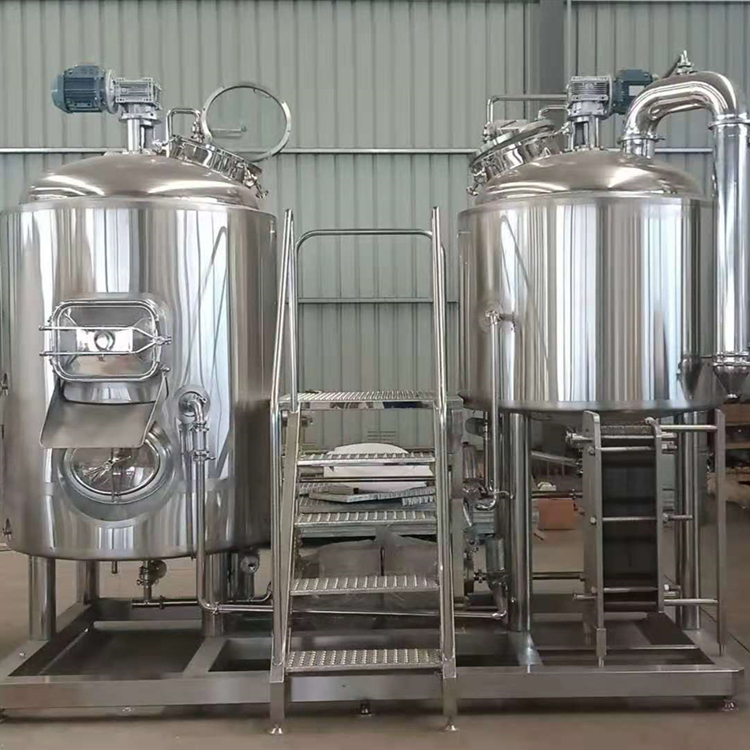
500L Top quality craft beer brewery equipment
Double vessels craft beer brewing brewhouse for sale,mash/kettle tun + lauter/wh...
More >>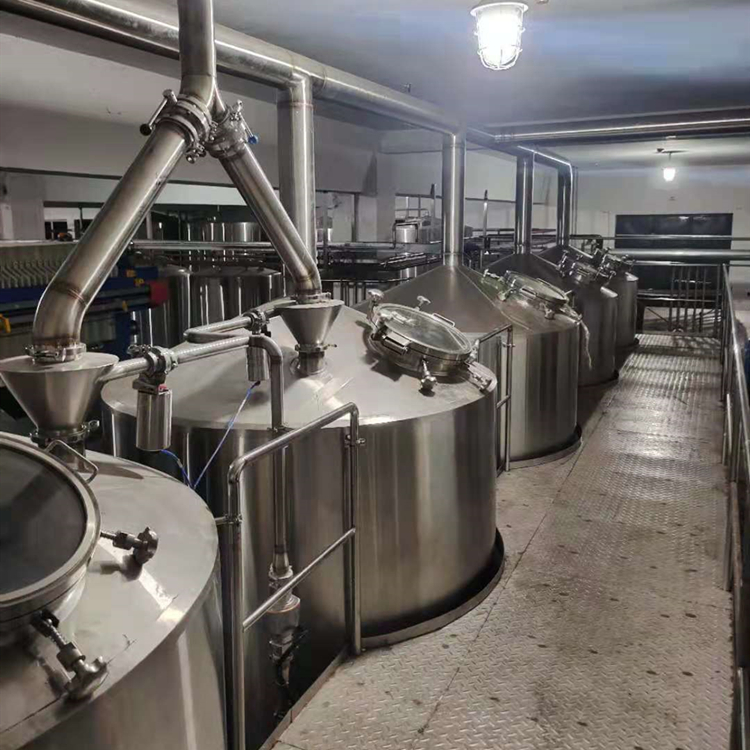
4000L Five vessels turnkey beer brewery
Five vessels craft beer brewhouse system suppliers,Double mash tun+double kettle...
More >>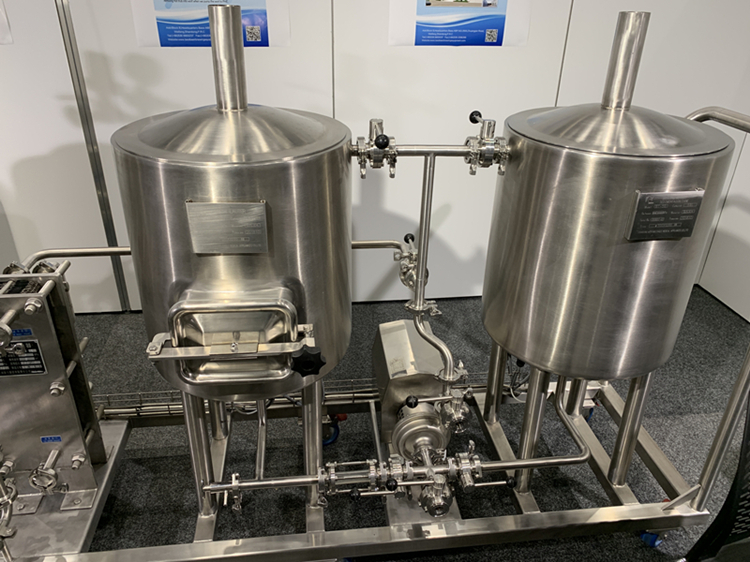
Best 50L home beer microbrewery equipment
Two vessels combination,mash/lauter tun+kettle/whirlpool tun brewery.electric co...
More >>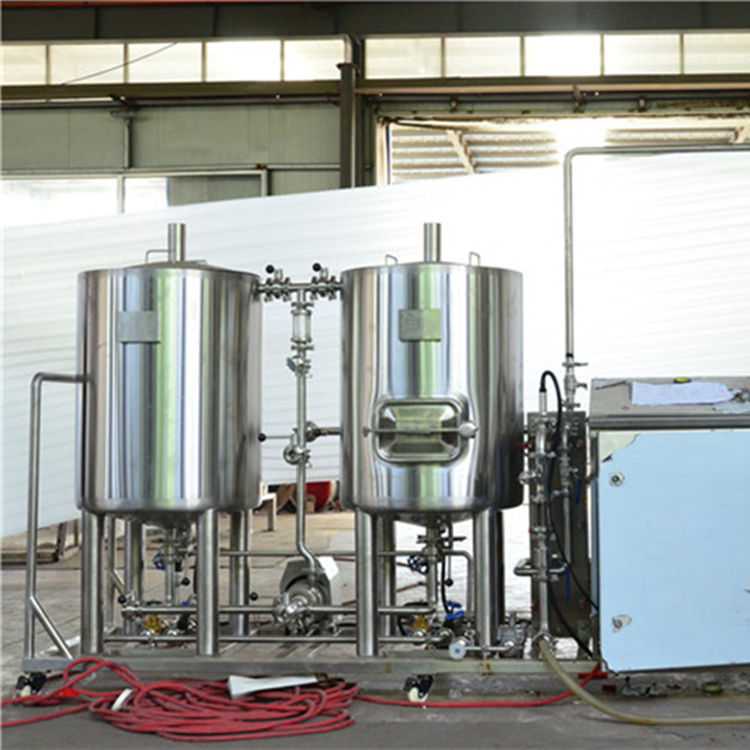
100L beer brewing home microbrewery
Mash/lauter/kettle tun+whirlpool tun,electric coil heating,two stages cooling,pl...
More >>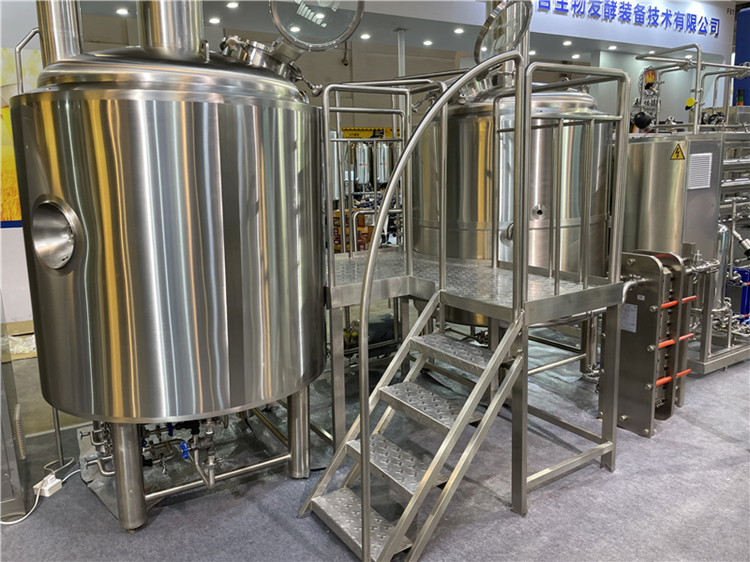
Build me a 1500L beer brewery
mini beer brewery machine from 50L,which is suitable to use in home and family b...
More >>